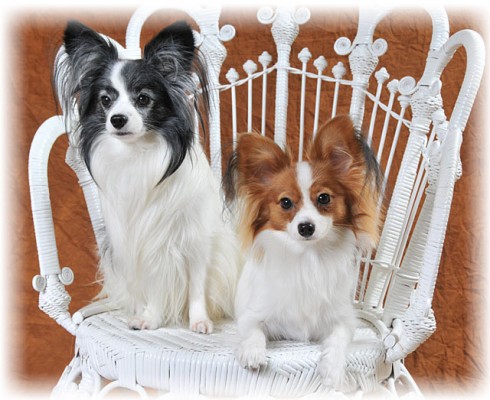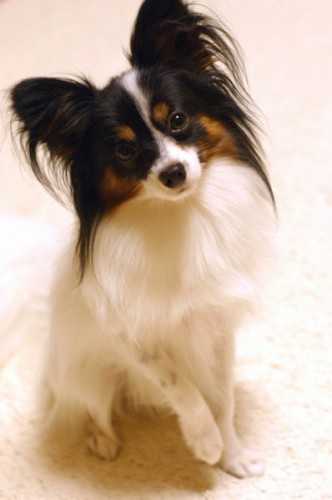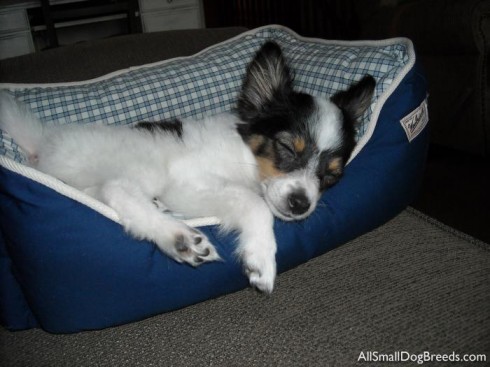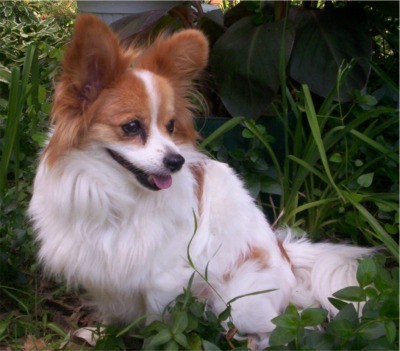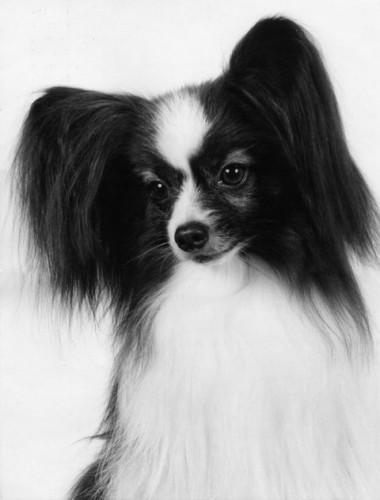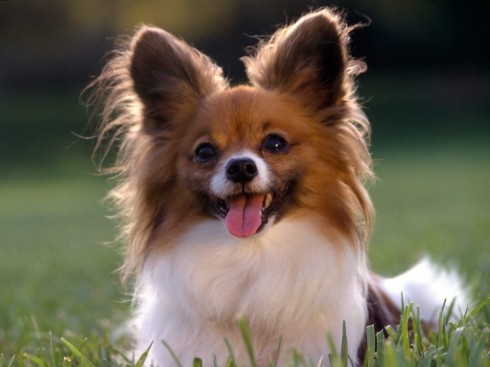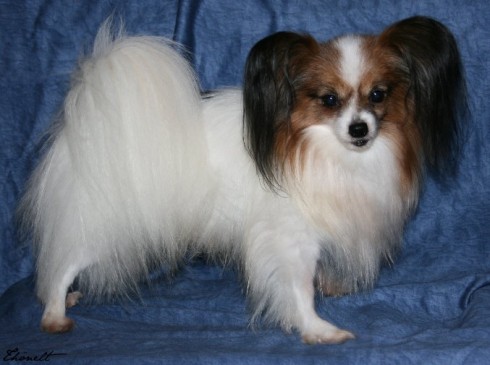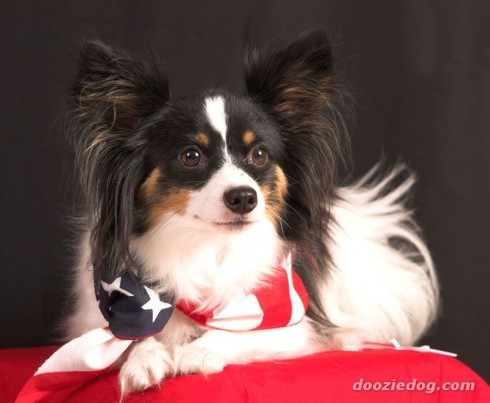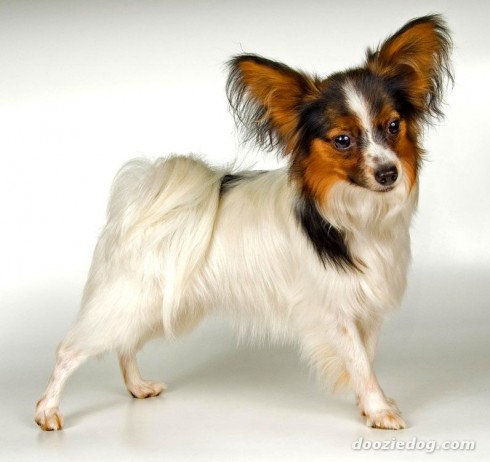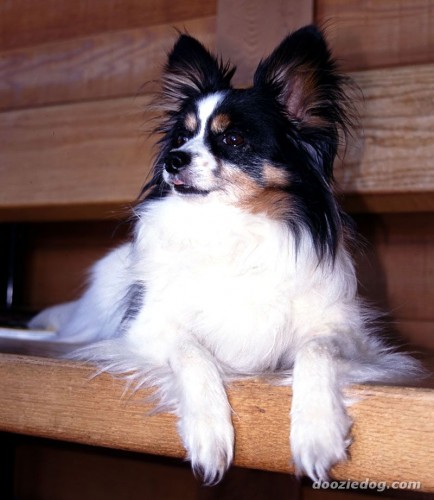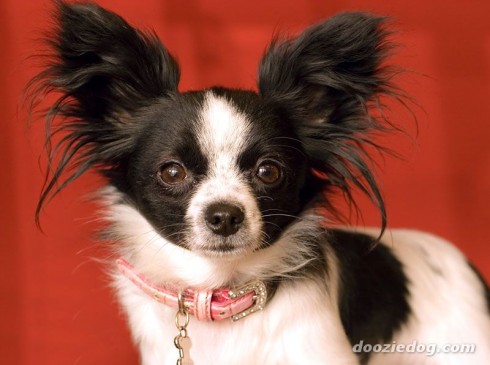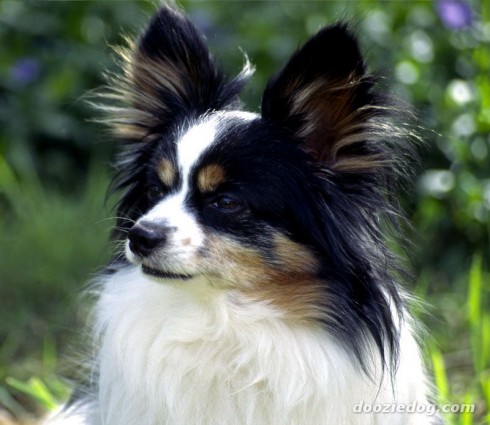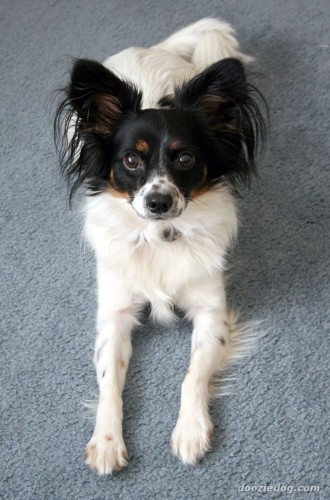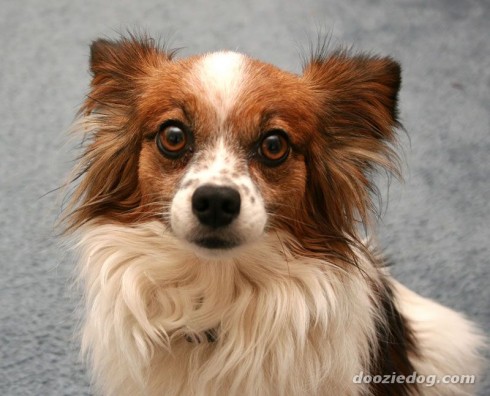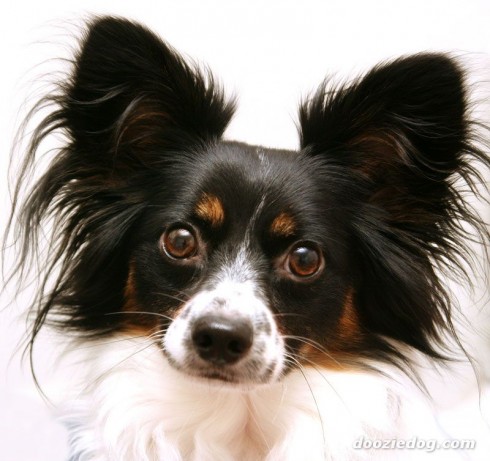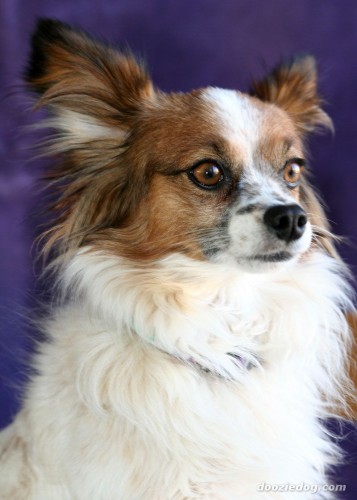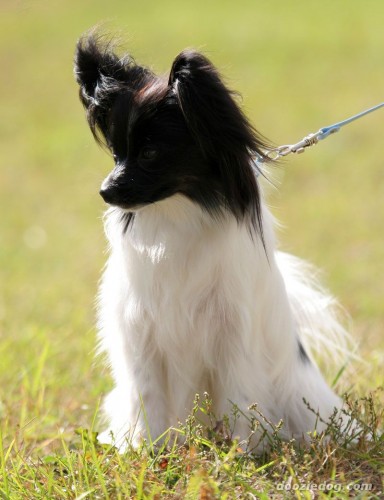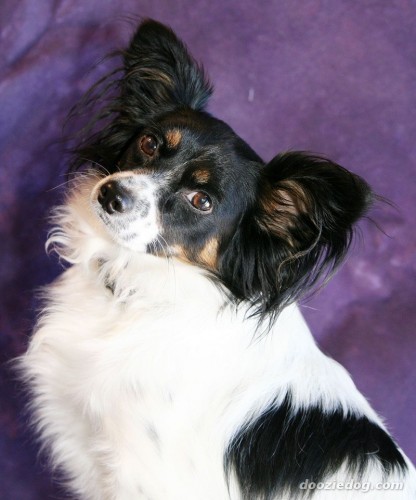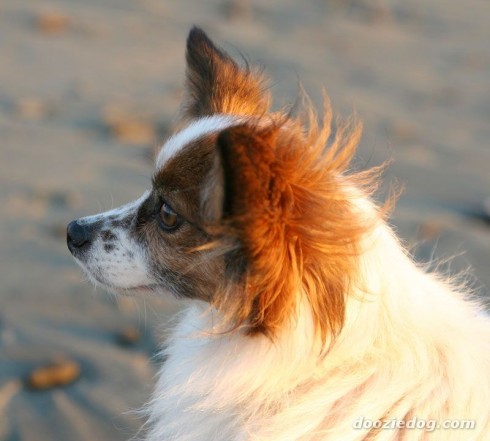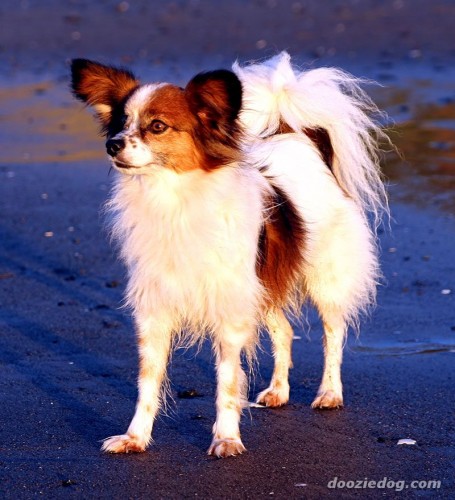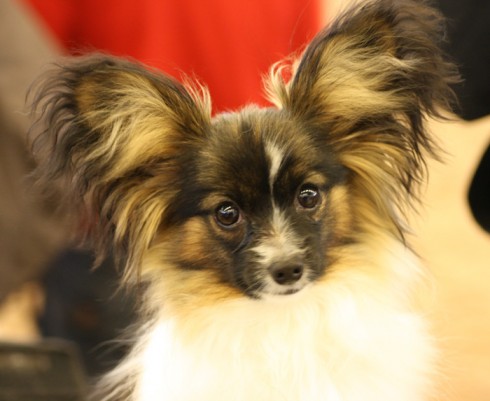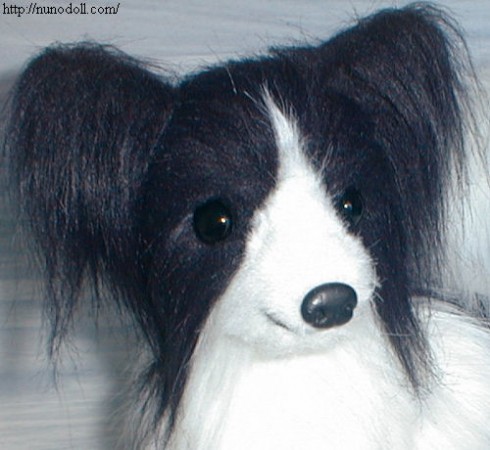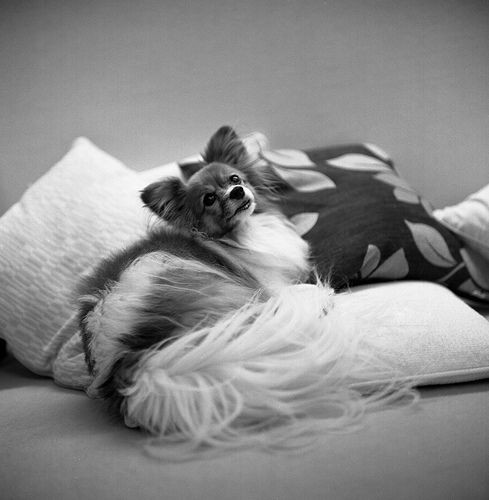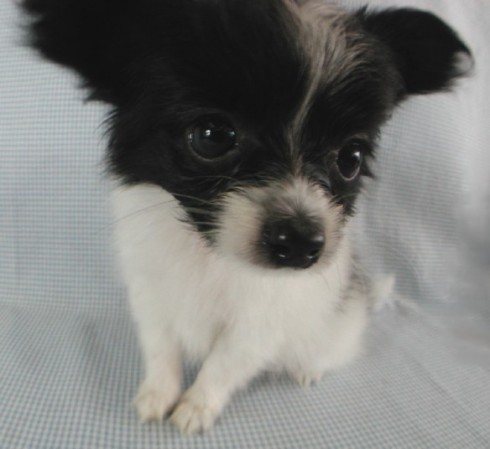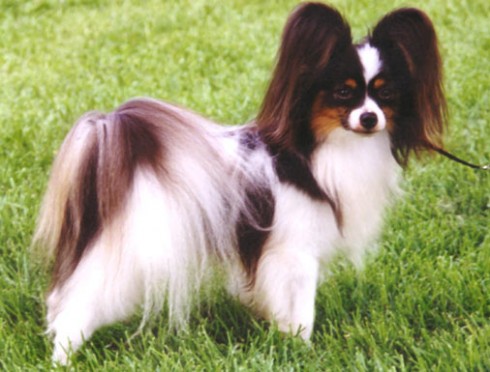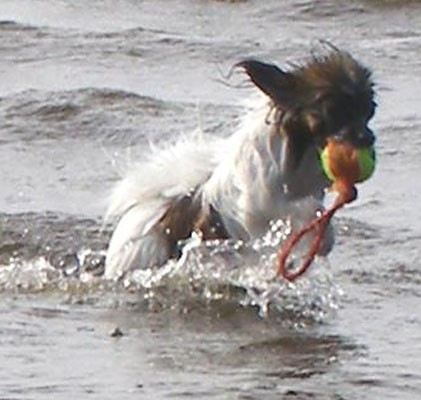Main Index
In Store
Our Web Store
Miniature Schnauzer Picture Gallery
Latest Dog Blogs
- What Are The Basic Commands To Train A Dog?
- PaySafe As The Most Popular Type Of Deposit
- Everything You Need To Know About Pet Sales
- Dogs Contribute To Our Physical And Mental Well Being
- How To Choose Where To Bet On Greyhounds In 2022
- Volunteer With Animals - How To Help Dogs Around The World
- Basic Understanding Of The House Edge
- Why You Should Get A Dog
- Top 20 Popular Dog Names Around The World
- Constipation in Dogs and How to Find Solutions
Papillon
Papillon means "butterfly" in French. That's the name of this little dog because his winglike ears resemble a beautiful butterfly. He prefers to cuddle with his owner, to whom he becomes affectionately attached for life. He likes to play with toys inside and is a hardy outdoor sport--perfect for city and country dwellers alike. The Papillon is highly trainable.
Did you know?
The Papillon, known in the 16th century as dwarf spaniel, is the modern development of those little dogs often seen pictured in rare old painting and tapestries.
Marie Antoinette was an ardent admirer of the Papillon.
So you want to own an Papillon?
The Papillon is a happy dog who makes a great house pet..
Papillons make a very good watch dog, alerting their owners of strangers.
The coat requires minimal grooming, but to prevent matting the coat should be groomed at least once a week.
Indicative Breed Standard
General Appearance
Dainty, well balanced little dog. An alert bearing and intelligent expression.
Characteristics
The name ‘Papillon’ is derived from the shape and position of the ears. When erect they are carried obliquely like the spread wings of a butterfly, hence the name. When the ears are completely dropped this type is known as the ‘Phalene’ (Moth). Head markings should be symmetrical, about a narrow white, clearly defined blaze which is desirable but not essential to represent the body of a butterfly.
Temperament
Lively, intelligent, friendly, with no aggression; always alert.
Head and Skull
Skull slightly rounded between ears, muzzle finely pointed and abruptly finer than the skull, accentuating well defined stop. Length from tip of nose to stop approximately one-third of length of head. Nose black.
Eyes
Medium size, rounded, never bulging, dark with dark rims, placed rather low in skull.
Ears
Very large, mobile with rounded tips, heavily fringed; set towards back of head far enough apart to show slightly rounded shape of skull. Leathers firm but fine. When erect each ear should form an angle of approximately 45 degrees to head.
Mouth
Jaws strong, with perfect regular, and complete scissor bite, i.e. upper teeth closely overlapping lower teeth and set square to the jaws. Lips thin, tight and dark in colour.
Neck
Medium length.
Forequarters
Shoulders well developed and sloping. Chest rather deep. Forelegs straight, slender and fine boned. Elbows close to chest.
Body
Fairly long with level topline; well sprung ribs, loin strong, of good length, slightly arched belly.
Hindquarters
Well developed, well turned stifle. Legs when viewed from behind parallel. Dewclaws on hind legs removed.
Feet
Fine, fairly long, hare-like. Tufts of hair between toes extending far beyond them.
Tail
Long, well fringed, set on high, arched over back with fringes falling to side to form plume.
Gait/Movement
Light, free-flowing, positive and free from any restriction. Viewed from in front or behind, legs and feet moving parallel to each other, with feet turning neither in nor out. Viewed from side, dog covering ground well with no hint of hackneyed action.
Coat
Abundant, flowing but without undercoat; long fine silky, falling flat on back and sides; profuse frill on chest; short and close on skull, muzzle and front parts of legs. Rear of forelegs to pasterns, tail and thighs covered with long hair.
Colour
White with patches, which may be any colour except liver. Tricolours, black and white with tan spots over eyes, tan inside ears, on cheeks, and under root of tail.
Size
Height 20-28 cms (8-11 ins). Dog will appear slightly longer than high when properly furnished with ruff and hind fringes.
About Our Article Directory
- Article
- 27 November 2010
- 2 comments
Canis lupus familiaris
- Breed Article
- 29 May 2010
- No comments
Quick Search
Donate
Latest Dog Pods
- Tips on How to Stop Your Dog from Biting
- Beware - Not All Advertised Dog Rescues Really Are! How Can You Know The Truth?
- Helpful Tips For Dog Obedience Problems
- How to Keep Dogs From Eating Poop
- Dog Grooming Tips - A General Overview of the Very Basics of Dog Grooming
- Recognising Different Types of Dog Obedience Problems
- 5 Important Tips On Feeding A Puppy


